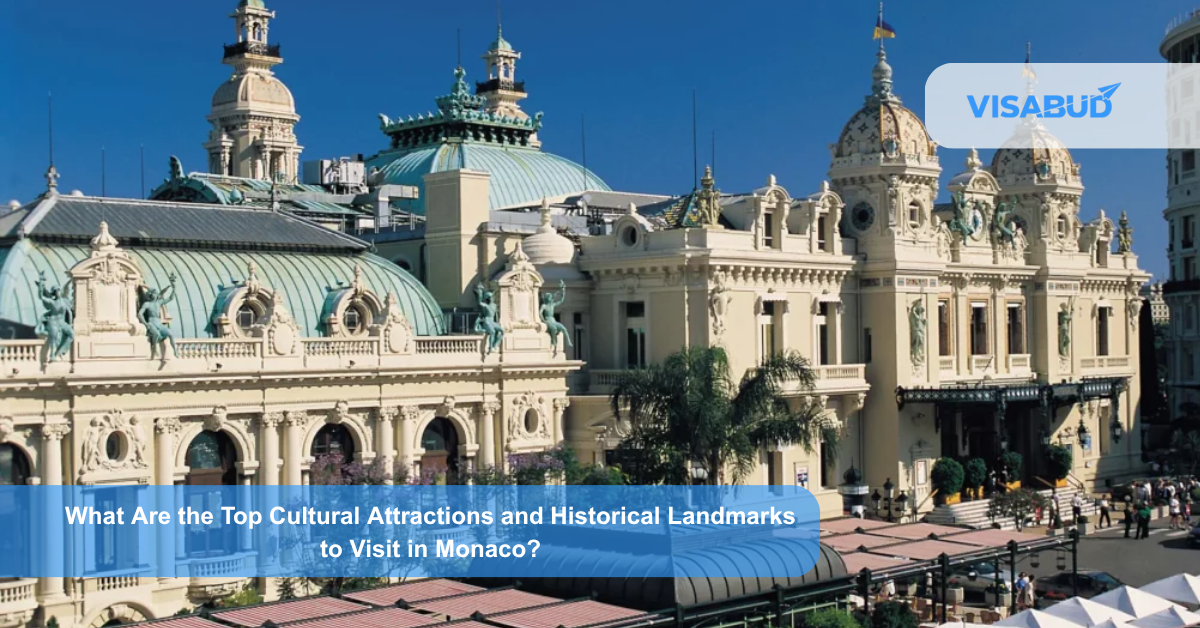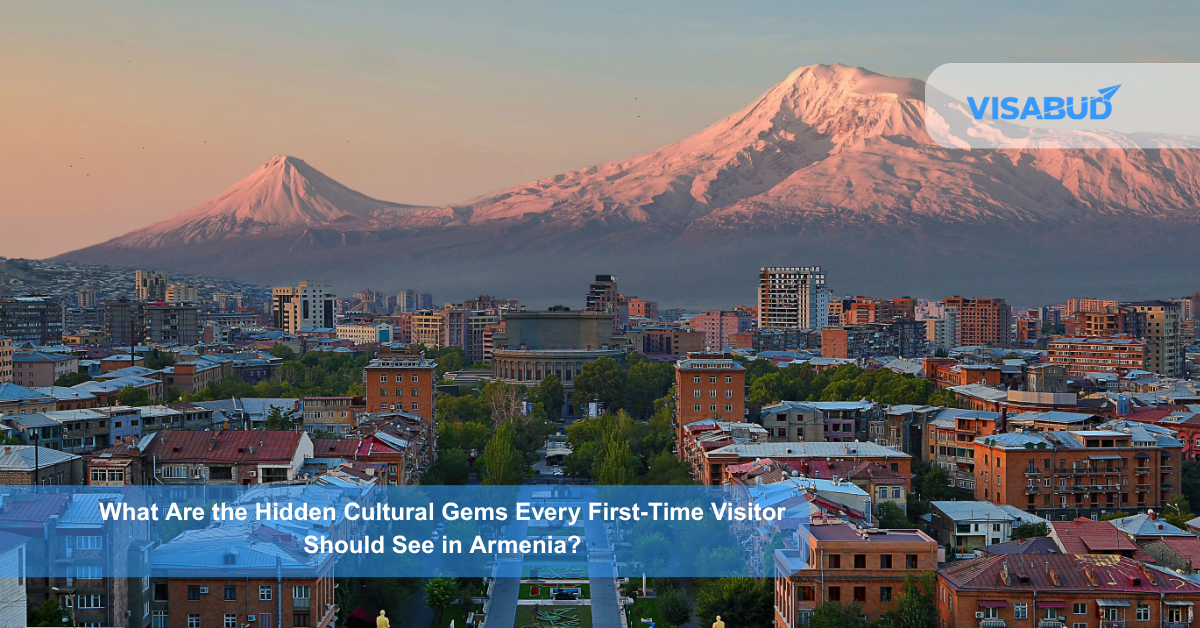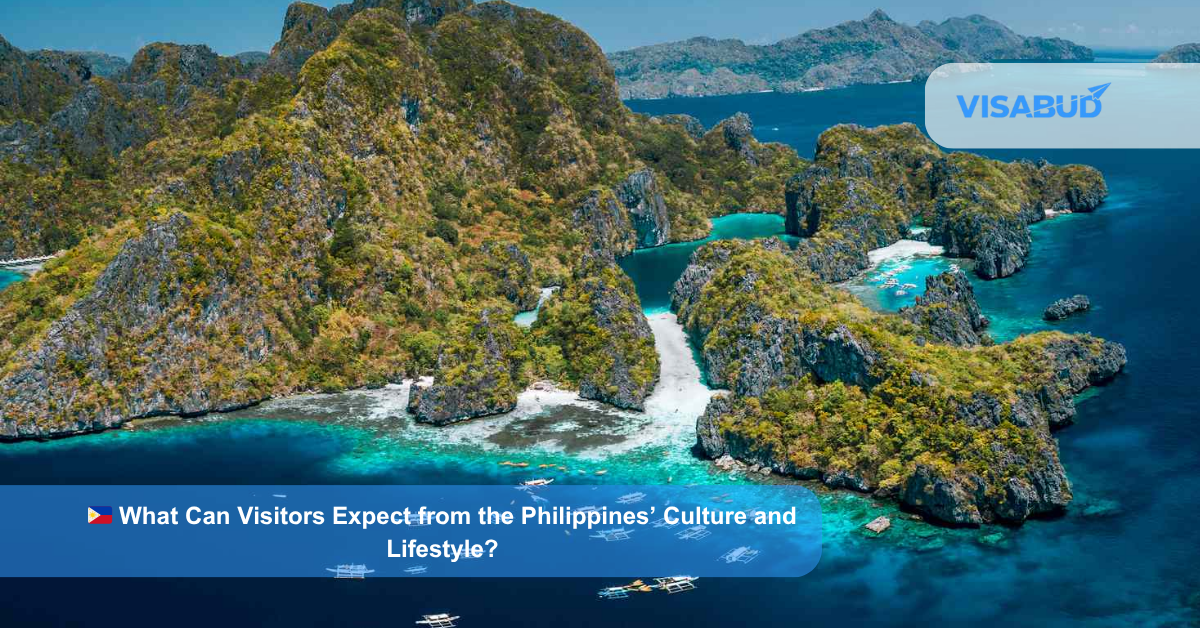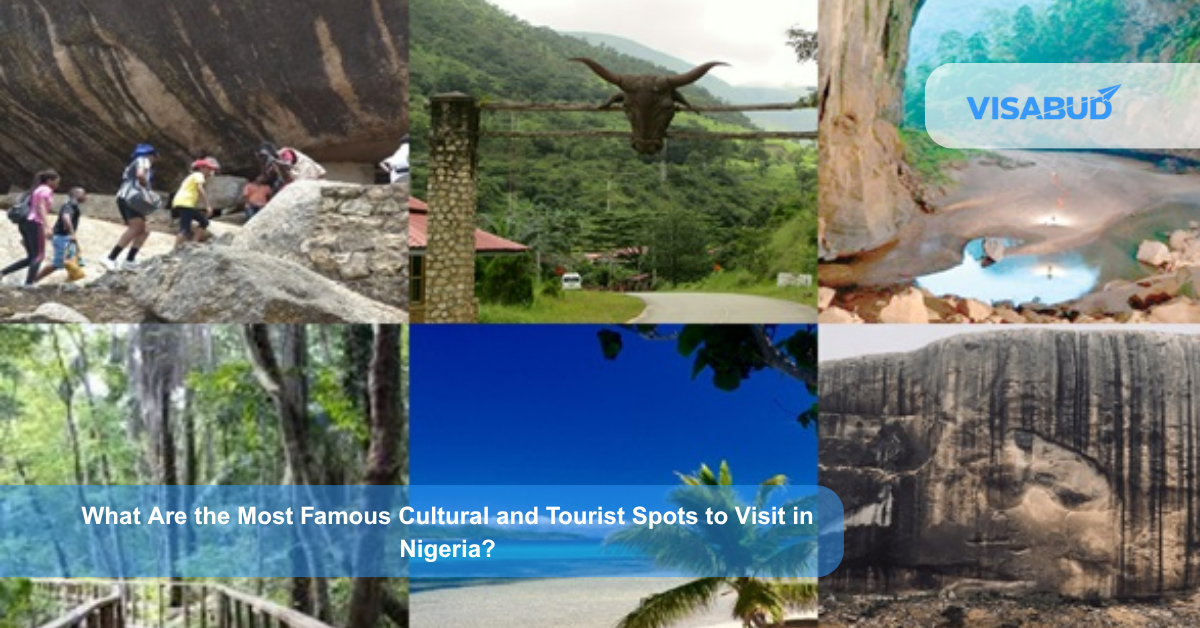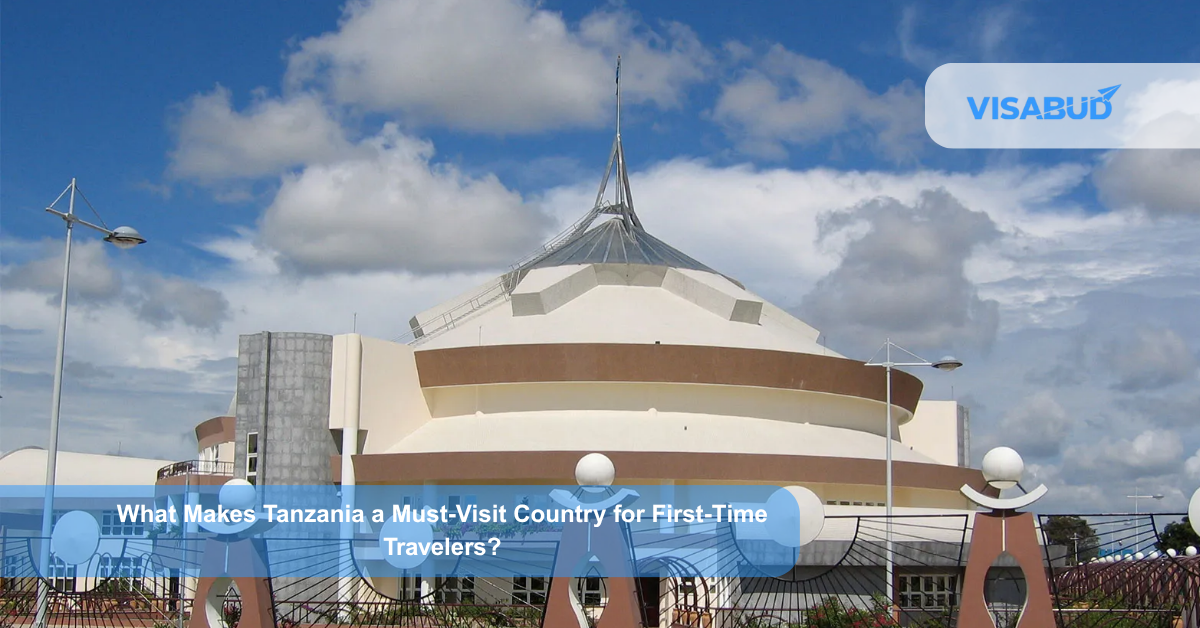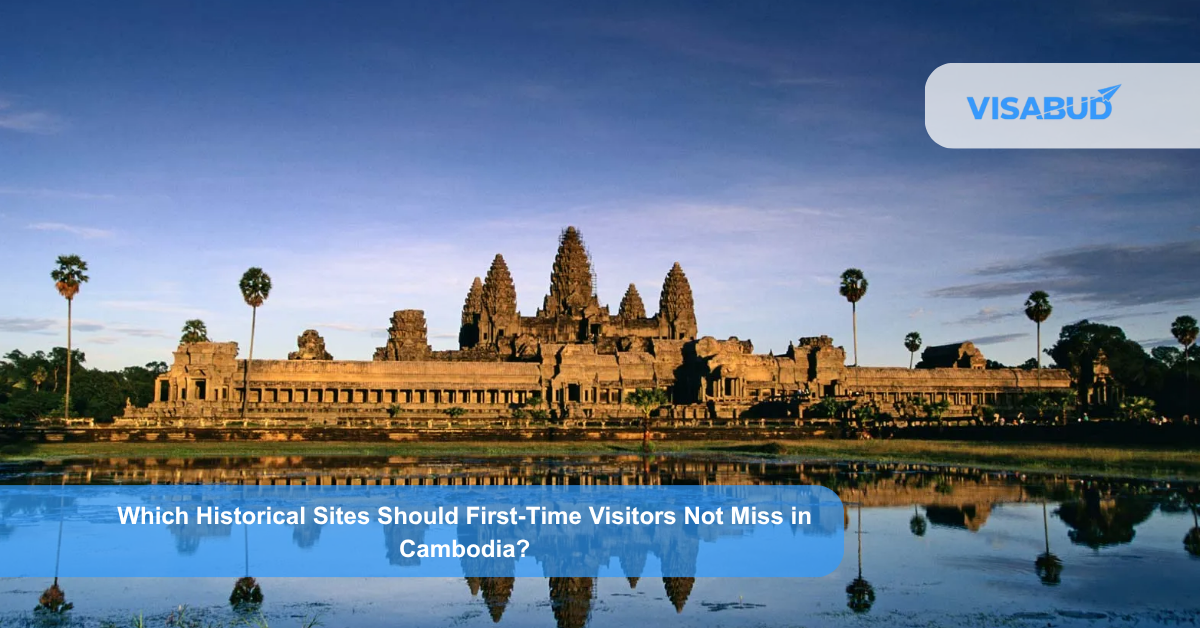Monaco, the glittering gem of the French Riviera, is much more than luxury cars, grand casinos, and lavish yachts. This small yet dazzling principality is packed with a rich cultural heritage, breathtaking architecture, and historical sites that tell stories of royal dynasties, maritime traditions, and Mediterranean charm.
Whether you’re a history enthusiast, art lover, or traveler seeking old-world charm, Monaco has something special waiting around every corner. Let’s explore the top cultural attractions and historical landmarks in Monaco that make it one of Europe’s most fascinating destinations.
1. The Prince’s Palace of Monaco
The Prince’s Palace, located in Monaco-Ville, is one of the most famous landmarks in the principality. Built in the late 12th century, it has served as the residence of the Grimaldi family for over seven centuries.
Visitors can walk through its grand halls during summer when parts of the palace are open to the public. Every stone here whispers tales of Monaco’s royal lineage.
2. Saint Nicholas Cathedral (Monaco Cathedral)
Also located in the old town, this cathedral is the final resting place of Monaco’s royal family, including Princess Grace Kelly and Prince Rainier III.
It’s not just a religious site, it’s a monument that connects Monaco’s royal and cultural past.
3. Monte Carlo Opera House (Salle Garnier)
If you want to experience Monaco’s artistic soul, the Monte Carlo Opera House is a must-visit. Designed by the legendary architect Charles Garnier (who also designed the Paris Opera House), it was inaugurated in 1879.
Inside, the opera house is breathtaking with red and gold décor, ornate sculptures, and stunning frescoes. The venue hosts:
Even if you don’t attend a show, the architecture alone is worth admiring.
4. Oceanographic Museum of Monaco
Perched dramatically on a cliff overlooking the Mediterranean, this world-famous museum was founded in 1910 by Prince Albert I.
It’s more than a museum, it’s a tribute to marine science and ocean exploration.
The terrace at the top offers one of the most beautiful sea views in Monaco.
5. Exotic Garden of Monaco (Jardin Exotique)
If you’re seeking a peaceful escape with nature and culture combined, head to the Jardin Exotique.
This botanical garden, established in 1933, is built into the cliffs and showcases thousands of succulent and cactus species from around the world.
The garden’s height gives you some of the best panoramic views of Monaco and the sea.
6. Port Hercule
While not ancient, Port Hercule is part of Monaco’s vibrant cultural identity.
This deep-water port has been in use since ancient times and today is lined with luxury yachts, restaurants, and cafés. Walking along the marina gives visitors a taste of both old maritime traditions and modern luxury.
In addition, Port Hercule becomes a hub of activity during:
7. Fort Antoine Theatre
Located near the old town, Fort Antoine was originally a military fortress built in the early 18th century.
Today, it has been beautifully transformed into an open-air theatre that hosts cultural events, concerts, and performances during summer.
It’s the perfect blend of history, culture, and scenic beauty.
8. The Nouveau Musée National de Monaco (NMNM)
Art lovers will enjoy visiting the Nouveau Musée National de Monaco, which operates across two locations:
Both venues feature rotating exhibitions of contemporary art, photography, and cultural heritage.
The museum’s mission is to preserve Monaco’s artistic legacy while promoting modern creativity, a balance that reflects the principality’s spirit.
9. Monaco Grand Prix Circuit
Even though it’s a modern event, the Monaco Grand Prix has become an inseparable part of the country’s culture.
Held since 1929, this street circuit runs through Monaco’s narrow lanes, past the harbor, and around famous landmarks.
When the race isn’t happening, you can walk or drive along the same roads that F1 legends have raced on, a thrilling historical experience on its own.
10. Larvotto Beach and Promenade
Culture in Monaco is not just about buildings it’s also about lifestyle. The Larvotto Beach area blends leisure, art, and architecture seamlessly.
Cultural Experiences You Shouldn’t Miss
Beyond landmarks, Monaco’s local traditions make the trip unforgettable:
Quick Travel Tips
Why Monaco Is a Cultural Gem
Monaco may be small in size, but it’s grand in culture.
Every street, palace, and museum tells a story of royal heritage, artistic brilliance, and Mediterranean elegance.
From its ancient fortresses to its world-class opera, it’s a destination where history and luxury blend perfectly.
Frequently Asked Questions (FAQs)
1. What is the most popular historical landmark in Monaco?
The Prince’s Palace of Monaco is the most visited and historically significant landmark, serving as the royal residence of the Grimaldi family.
2. Can tourists visit the Prince’s Palace?
Yes, certain parts of the palace are open to visitors from April to October each year.
3. Is Monaco Cathedral free to enter?
Yes, entrance is free. Visitors can explore respectfully during non-service hours.
4. What’s the best museum to visit in Monaco?
The Oceanographic Museum is highly recommended for both history and marine life enthusiasts.
5. Are guided tours available in Monaco?
Absolutely. Walking tours, cultural tours, and even private guided visits are available throughout the city.
6. When is the best time to enjoy cultural festivals in Monaco?
Between spring and early summer, when most festivals, open-air concerts, and events take place.
7. Is the Monte Carlo Casino open to tourists?
Yes, tourists can visit, but there’s a dress code and age restriction (18+ with ID).
8. What language is commonly spoken in Monaco?
French is the official language, but English and Italian are widely understood.
9. How long do you need to explore Monaco’s attractions?
A 2–3 day trip is ideal to explore the main historical and cultural spots comfortably.
10. What’s unique about Monaco compared to other European destinations?
Despite its small size, Monaco blends royal heritage, modern luxury, and rich Mediterranean culture, something few places achieve.
Final Thought:
If you ever find yourself on the French Riviera, don’t skip Monaco. Behind its glamour lies a soul rich with history, art, and culture that continues to inspire travelers from around the world.
Want to explore Monaco’s best cultural attractions? Contact us to plan your perfect visit!
